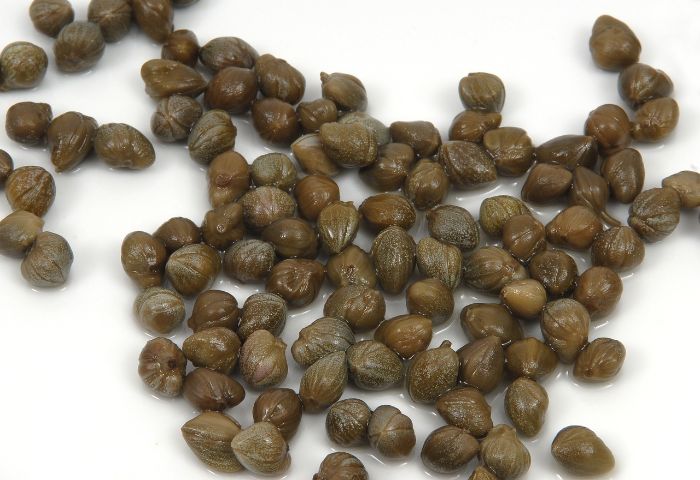The delicious capers come from a rather beautiful shrub that you can easily planted in your home. What we eat from this shrub are the unripe flower buds, which are picked, dried and brined, then used to add a burst of tangy, intense flavor to a variety of dishes. Even if you’re not a fan of capers, these plants can be a wonderful addition to your garden and as a craft project home and crafts They produce white, fragrant, ornamental flowers with beautiful purple stamens.
These plants grow slowly, reaching maturity in about two years and achieving optimum production the following year. They adapt well to gravelly soils, so they can be a good addition to a patio or rock garden that receives a lot of sunlight.
What are the needs of caper plants?
Under the right conditions, caper bushes will grow and require little maintenance. They don’t need much water and can even stand in rocky, nutrient-poor soils, so gardening enthusiasts are likely to be very successful with this crop. In addition, caper bushes have no serious problems with pests or diseases.

Light
Caper bushes need lots of direct sunlight to thrive. Plant them somewhere where you can get at least six to eight hours of light a day. If partial shade is the only option in your landscape, plant by aiming for a spot to receive morning sun and afternoon shade.
Soil
Caper bushes are quite friendly when it comes to the soil. They do well when planted in mixtures of all types, including low nutrient, sandy or especially stony soils. The same goes for the pH level of your soil: acidic, neutral and alkaline are good choices.
Water
Caper bushes have a deep root system and foliage that easily finds and retains moisture. In the beginning you will need to water more frequently. After this, only minimal watering will be necessary and the plant will become drought tolerant.
Temperature and humidity
They will thrive in places where they can experience dry heat. In very warm regions, the plant may remain evergreen, but will lose its leaves if temperatures drop significantly in winter. If you experience hot summers, but cooler winters, you may consider keeping your shrub in a container of appropriate size and bringing it indoors when temperatures drop.
Fertilizer
An established caper bush can thrive in highly infertile soils and will not need additional feeding. However, during the early years of the shrub you are planting, i.e. while the plant is still young, it may be beneficial to feed it with a slow-release fertilizer solution in the spring and summer.
How to plant capers by cuttings?
Start by collecting 7 to 10 centimeter cuttings from the stems of the plant. These cuttings should be at least 0.6 centimeters wide. It is recommended that they cover 6 to 10 buds. It is preferable to harvest in February, March or April.
To grow a caper bush, plant the cuttings in a loose, well-drained soil medium with a heat source at the base. Insert a pencil into a container with potting soil to open a suitable hole. Remove the pencil, creating the ideal hole.
Dip the cut ends in rooting medium for 15 seconds and then carefully insert them into the holes you just made. Consider that your young plant will not produce flowers for two to three years.